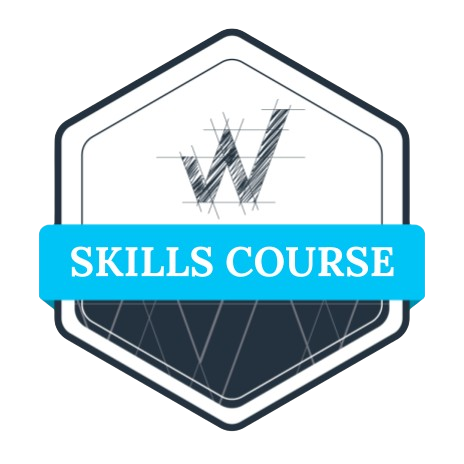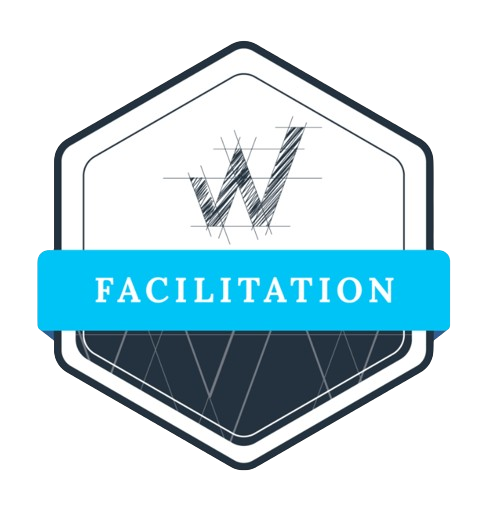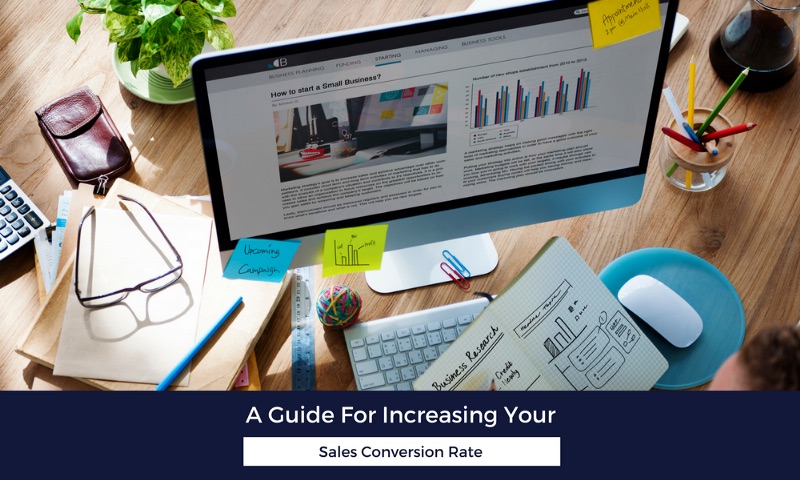
A lot of salespeople focus too much on simply “trying harder”…
They get busy making more phone calls, sending more emails, speaking to more clients, and they believe that this additional activity will result in them closing more business.
But in reality this could just be busy-work. These are activities that may just be placing good opportunities in a leaky funnel, so they may not directly influence the bottom-line revenue of a business.
What you should focus on is the conversion rates between each of those important activity metrics. Because understanding and improving your conversion rates will increase your efficiency, and ultimately deliver more sales and revenue to the business.
They are one of the four key elements you can influence to systematically increase sales in your business:

So what do I mean when I talk about conversion rates?
The sales conversion rate is a measure of your effectiveness to work with your customers throughout the entire buying journey.
If you think about the sales process from start to finish, there are incremental conversion points at every step. For example, if someone visits your website how well do you convert them into a trial or a conversation? From there, how well do you convert them from that trial or conversation into a meeting or a demonstration?
This concept is represented in the visual of a typical sales process below:
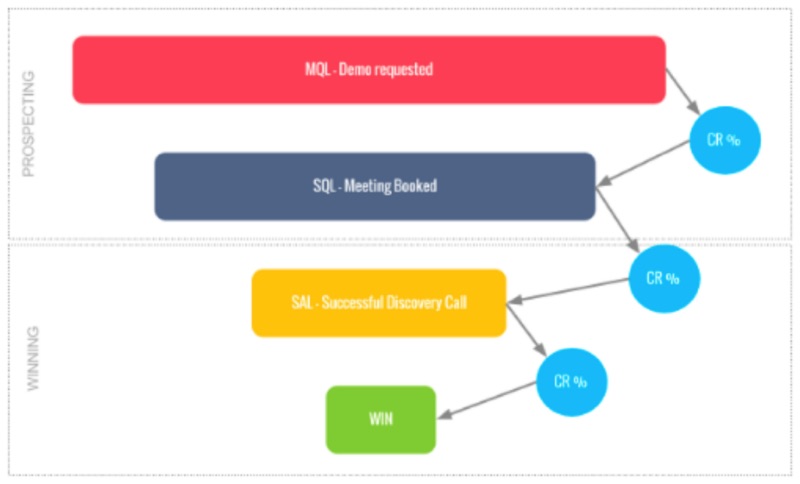
If you can track the activity metrics at the start and end point of the customer’s buying journey, you will have the overall lead-to-sale conversion rate. But when you create micro conversation rates through the process that align with your effort, it becomes an interesting metric in terms of the revenue you are driving.
I commonly take organisations and sales teams through a 4-step process to improve their sales conversion rates, let’s take a look at each of them:
Step 1 — Identify the metrics you can impact
When you’re looking to identify the metrics you can impact in the sales process, you want to look at it from every vantage point. From the “OH SHIT” moment when the customer is suffering and really feeling that pain, all the way through to the “WOW”moment when they’ve figured out that they want to commit to a vendor.
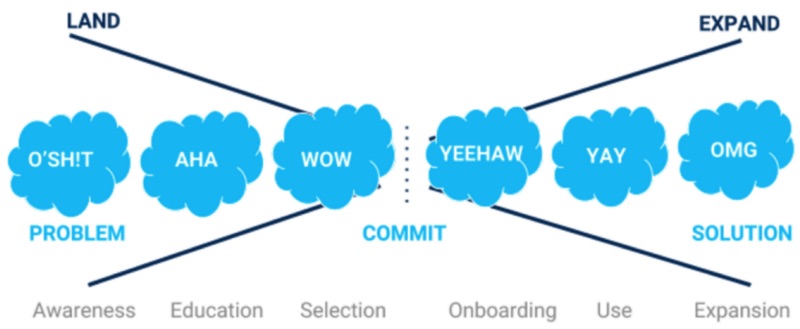
Source: Winning By Design, Customer Buying Journey
There’s a lot of different points in this journey where your customer may choose to leave the sales process, these are your objection points and form a key part of the areas you want to have the greatest impact.
If you’re just measuring one single conversion rate, based on how many customers enter the process and how many complete the journey and become a customer, you’re leaving a lot of valuable information out there. Not to mention you’re not any closer to understanding why this conversion rate is the way it is. Creating micro conversion rates is the key to getting actionable information to impact your revenue.
Creating micro conversion rates is the key to getting actionable information to impact your revenue.
In this blog post about being a better sales leader, I mentioned a book by Jason Jordan called “Cracking The Sales Management Code”, and discussed the importance of identifying the key metrics in your business which you are going to be able to impact. It’s really about uncovering those high-impact metrics that are the most important to you, and to the business. Or at least the ones that can have the greatest influence over your desired goals and results.
One of the first conversion rate metrics that a lot of people talk about is the rate at which you convert a marketing qualified lead (MQL) into a sales qualified lead (SQL). This is about someone (a prospect) raising their hand and saying “Hi, I’m interested in chatting to someone from your sales team.” This may happen in the form of a “Contact Us” form, a request for a demonstration, or a pre-trial download.
The next stage that I see commonly tracked is the conversion from an SQL into a sales accepted lead (SAL). The subtle difference between an SQL and an SAL is that an SAL has been through an initial conversation and the sales rep has confirmed that, yes, they have a problem that your business can solve.
From there, the next two conversion rates in the sales process are moving from a SAL to a proposal, and finally from a proposal to a win.
Of course there can be multiple steps in-between these high-impact conversion points, but these four stages give you a good starting point for measuring the overall performance of your sales process.
By tracking these key metrics you start to build a great understanding of where your business is failing and where it’s thriving. For example, if you’re managing to convert a lot of your MQL’s into SQL’s, but not many of them are becoming accepted leads, then you might be attracting the wrong type of prospects.
In another instance, if your proposal to win conversion rate is declining, it could mean you need to review what you are sending them in a proposal. Or perhaps you need to look further up the line at how you are qualifying these prospects.
Step 2 — Look at the volume of those metrics
Looking at the conversion metrics alone doesn’t give you a good indication of where you’re excelling. You also need to analyse the volume of activity i.e. the number of MQL’s, SAL’s, PROPOSALS and WINS.
For example, there is no point spending all of your time converting 100% of your proposals into new customers if you are only getting three of those deals a month and you’re falling way short of your targets. You may want to look at what will get you more proposals.
Conversely, if you have an abundance of deals in the proposal stage and aren’t converting any, you may want to spend more time fixing that conversion issue rather than identifying more opportunities to send proposals to.
So the volume of each activity, that contributes to the outcome of each conversion rate, needs to be monitored. This is where creating micro conversion rates is so important. These need to align with the activities that drive the larger conversion rates.
By understanding the volume of activity and how it affects the conversion rate, it enables you to identify the area of your business and sales process that can be optimised for maximum output.
Step 3 — Prioritise the area for maximum impact
Once you have identified your important conversion metrics and associated activity, you need to prioritise the area of maximum impact. A common trap that I see in sales organisations is that they focus too heavily on the bottom of the funnel. They think; “Look, if I can just convert more proposals into wins, it means I’m going to close more business”.
The challenge with this way of thinking is that your time is the most valuable commodity at your disposal in sales, and as you get further into the sales process each stage typically gets longer and longer.
For example, once you receive an MQL, it might only take you 10 minutes to turn them into an SQL. But then the discovery call that follows might take 30 minutes. Then your demonstration is an hour. And then to pull together a proposal can take you anywhere from one hour to two days!
So when you’re looking through the lens of the time that you are spending on your sales process, think about where you can have the biggest impact on your entire sales funnel. For example, the time you spend optimising the conversion rate from an MQL to an SQL, saves you time and energy further down the sales process, because it’s all going to be more efficient.
This way of looking at the sales process forces you to think about where your time can be spent to have the biggest impact on your bottom line.
Step 4 — Focus
Once you have prioritized your biggest area of impact in the sales process it allows you to get laser-focused. Focus becomes a huge contributor to improving your sales process.
Focus becomes a huge contributor to improving your sales process.
Just like with anything in business there’s probably a ton of things you think you couldbe doing to improve, but to have a genuine impact takes time and effort. You need to pick one area and identify the steps you should follow to rectify and pursue that maniacally.
All of these changes can take time and you are rarely going to get it right the first time. So work with your colleagues, work with your managers, and train yourself to be more effective as you are working with customers to help them through different stages of the buying process.
For example, if you’re focusing on the emails you send out it may be about doing some A/B testing. As you move through the sales process it becomes more about the type of questions you are asking in meetings, to the style of demonstration you give, all the way through to the feedback you get from your prospects after they say “no”. Often a “no”from a customer is just as powerful as a “yes”, because they will point you towards the area you need to focus. And as I said, focus is a key part of improving your conversion rates.
Conclusion
The availability of data today is enabling salespeople to take a much more data-centric approach to conversion optimisation. By taking a data-driven approach to your conversion rates, you are able to have a huge impact on the quality of your sales outcomes.
In the end it’s ultimately the responsibility of the sales rep to understand their sales process and track conversion metrics at each stage of the journey. In the words of Jocco Willink take “extreme ownership.”
Embrace the data, analyse your funnel and create a narrow-focused action plan that is going to enable you to perform better month-on-month.

